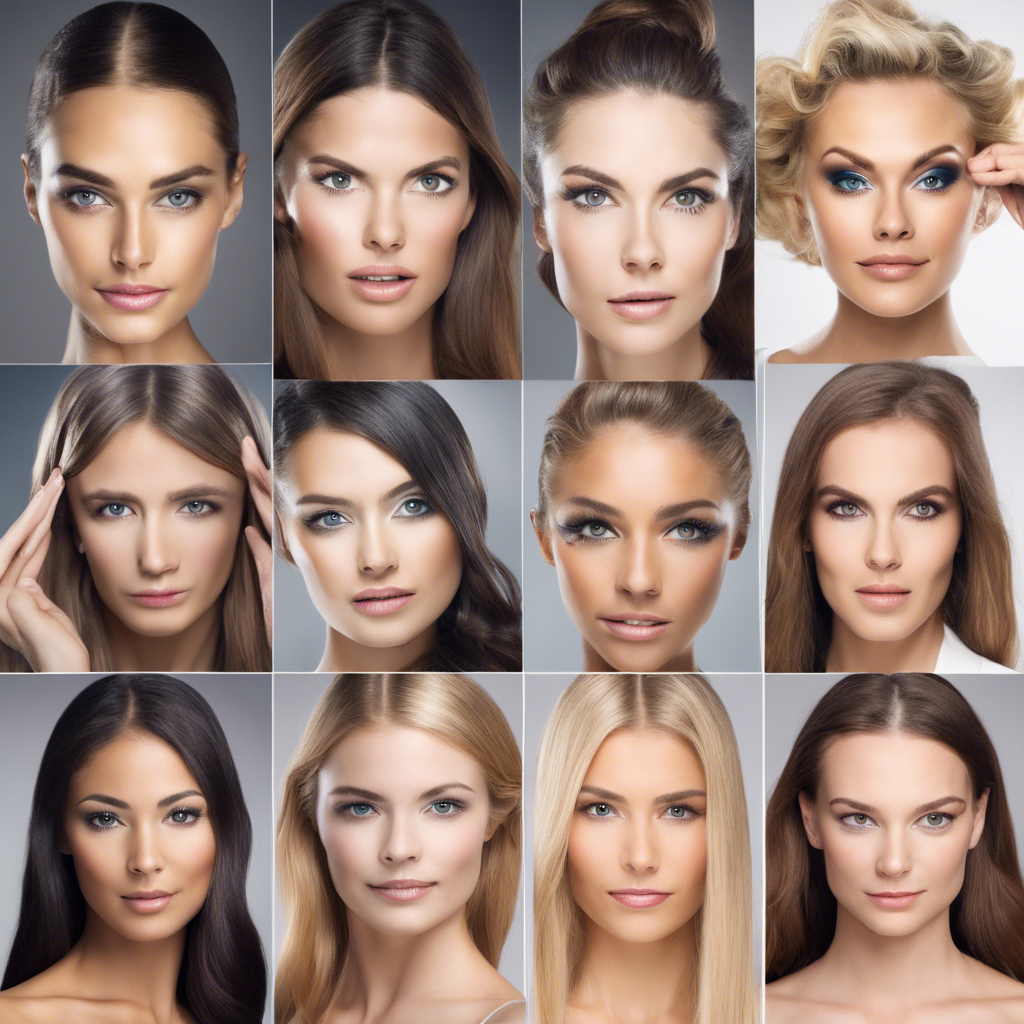The Business of Beauty in 2024: Trends, Challenges, and Opportunities

A Look into the Future of the Beauty and Wellness Industries
In the ever-evolving world of beauty and wellness, 2024 promises to be a year filled with excitement, challenges, and opportunities. As we delve into the latest trends and developments, it becomes clear that the landscape is undergoing significant transformations. From blockbuster mergers and acquisitions to the struggles faced by celebrity and influencer lines, the industry is experiencing a wave of change. In this article, we will explore the key themes and predictions for the year ahead, shedding light on what lies in store for the business of beauty.
M&A Mania: A Year of Deals and Acquisitions
2024 is set to be a year of blockbuster mergers and acquisitions in the beauty industry. Already, we have witnessed the acquisition of skincare label Dr. Barbara Sturm by Puig and the feminine wellness line The Honey Pot by Compass Diversified. These early moves indicate a growing appetite for strategic partnerships and brand consolidation. Notably, conglomerates like Unilever and Shiseido have also made significant acquisitions, signaling a shift in their focus and investment strategies. With several premier assets, including Summer Fridays, Kosas, and Rare Beauty, rumored to be exploring sales, it is clear that more brands are expected to hit the market. From established players to emerging labels, the allure of finding the right buyer and securing a superior valuation is driving the M&A frenzy in the beauty industry.
The Changing Face of Buyers: Financial Sponsors and Unexpected Players
While the beauty industry is witnessing a surge in M&A activity, the landscape of buyers is undergoing a transformation. Conglomerates like L’Oréal and Unilever, once the dominant players in the market, are divesting from certain brands to align with stricter company mandates. This shift has paved the way for financial sponsors and unexpected buyers to enter the scene. With conglomerates focusing on forever brands and shying away from trends like “clean” or “natural,” the market is ripe for alternative players to make their mark. However, not all brands will find the desired buyer, and the future ownership of some labels remains uncertain.
The Struggles of Celebrity and Influencer Lines
The success of Rihanna’s Fenty Beauty and Selena Gomez’s Rare Beauty has inspired a wave of celebrity and influencer-led beauty and wellness brands. However, the market has not been kind to these ventures, as seen in the implosions of Morphe and Amyris last year. While a few exceptions may thrive, it is expected that retailers will become less reliant on celebrity and influencer lines, leading talent to explore other pet projects. The challenges faced by these brands highlight the need for a unique value proposition and a solid business strategy to succeed in an increasingly competitive market.
The Road to Independence: Capital Constraints and the Need for Profitability
The beauty industry has witnessed a proliferation of independent labels in recent years, each with their own unique selling points. However, as capital becomes scarcer and investors demand profitability, it is becoming harder for these brands to thrive. Fast growth without sustainable profitability is no longer enough to entice investors or retailers. The industry is poised for a rightsizing, where only the most innovative and financially viable brands will survive. This shift emphasizes the importance of striking a balance between differentiation and profitability in order to thrive in the competitive beauty market.
The Evolution of Wellness: From Supplements to Holistic Treatments
The wellness industry has undergone significant changes in recent years. What was once defined by supplements, CBD, and the offerings of brands like Goop is now expanding to encompass themes like longevity, holistic treatments, and sleep advancements. Brands and retailers have an opportunity to tap into this evolving landscape by offering innovative wellness-centric products and experiences. As the definition of wellness becomes clearer, the industry is poised for further innovation and growth.
Conclusion:
As we navigate the ever-changing world of beauty and wellness in 2024, it is clear that the industry is experiencing a period of transformation. From the frenzy of mergers and acquisitions to the challenges faced by celebrity and influencer lines, the business of beauty is evolving. Independent labels must adapt to capital constraints and prioritize profitability, while the wellness industry is set to redefine itself with new themes and offerings. As we embark on this exciting journey, it is crucial for brands and industry players to stay agile, innovative, and attuned to the evolving needs and desires of consumers.

